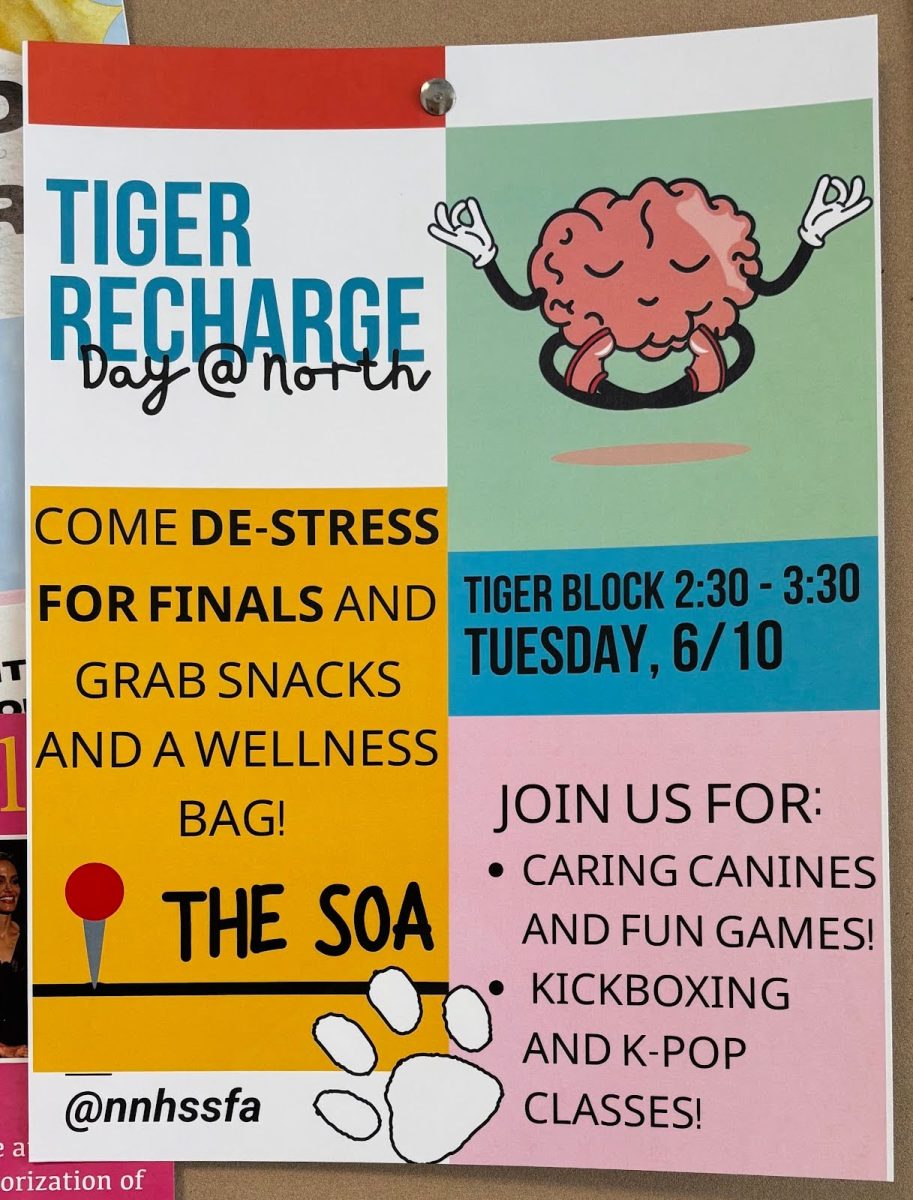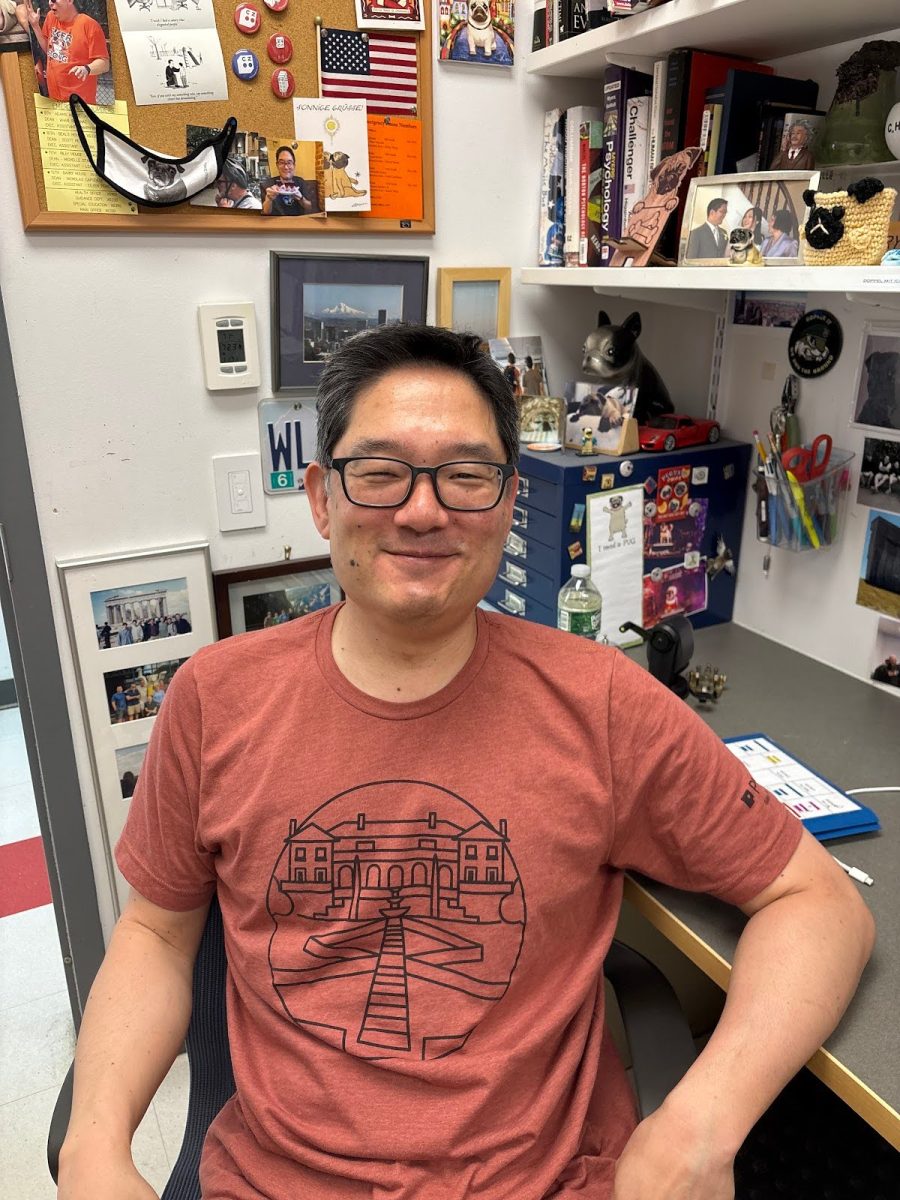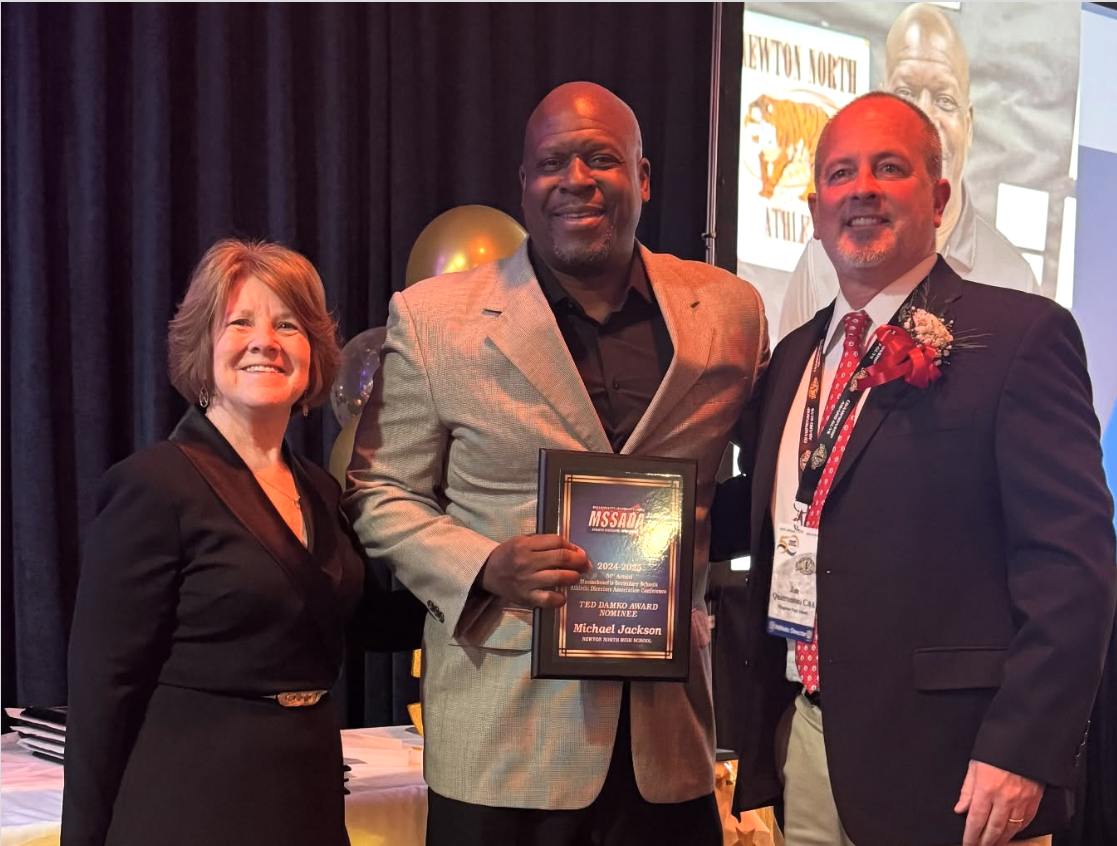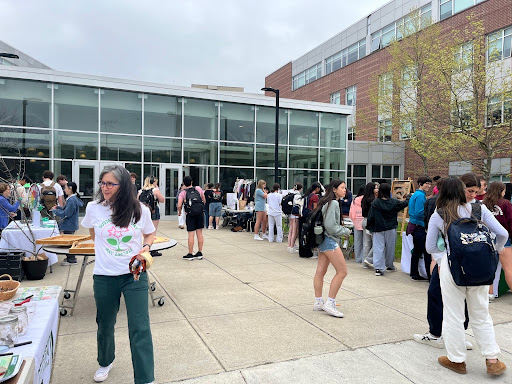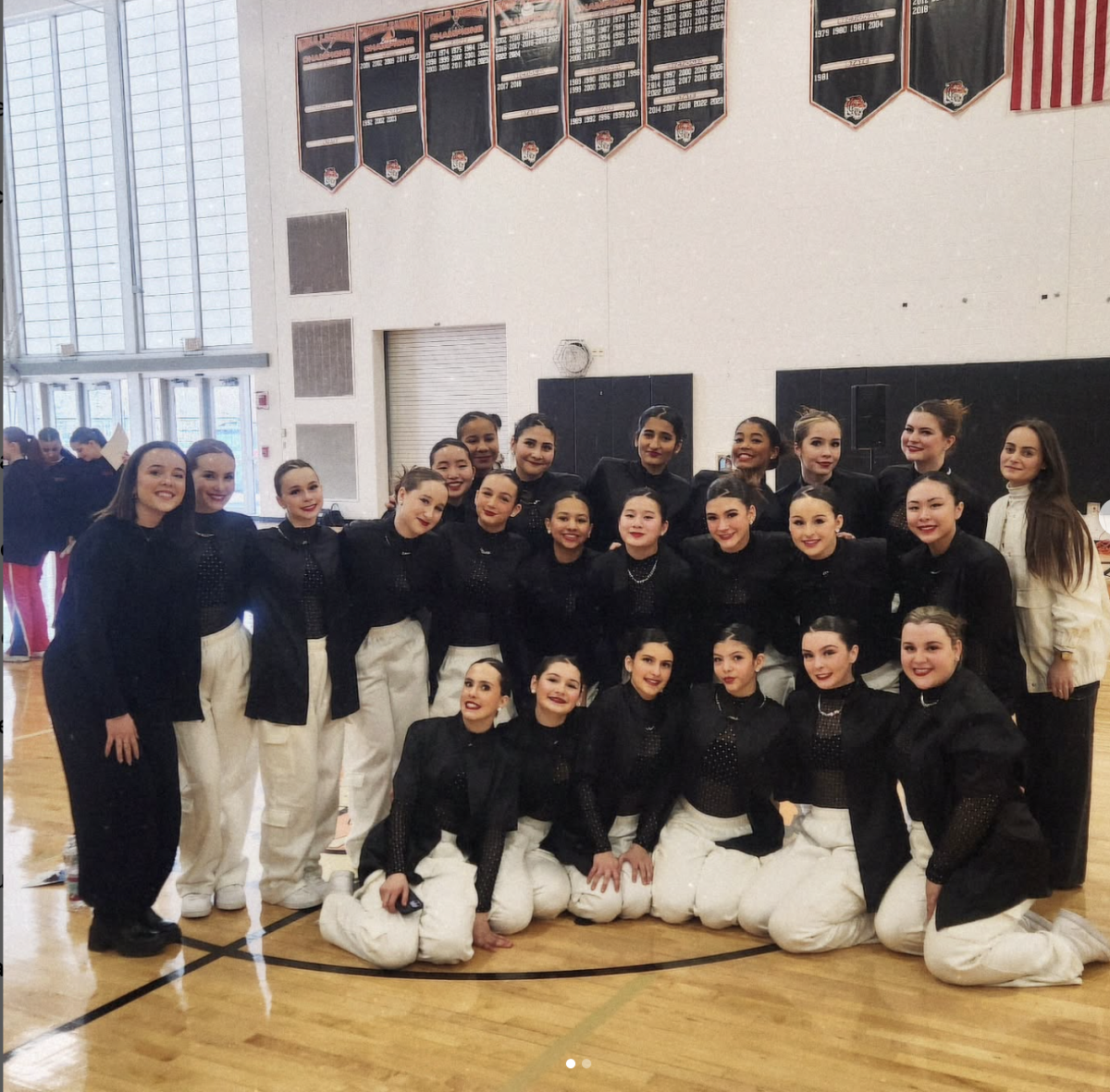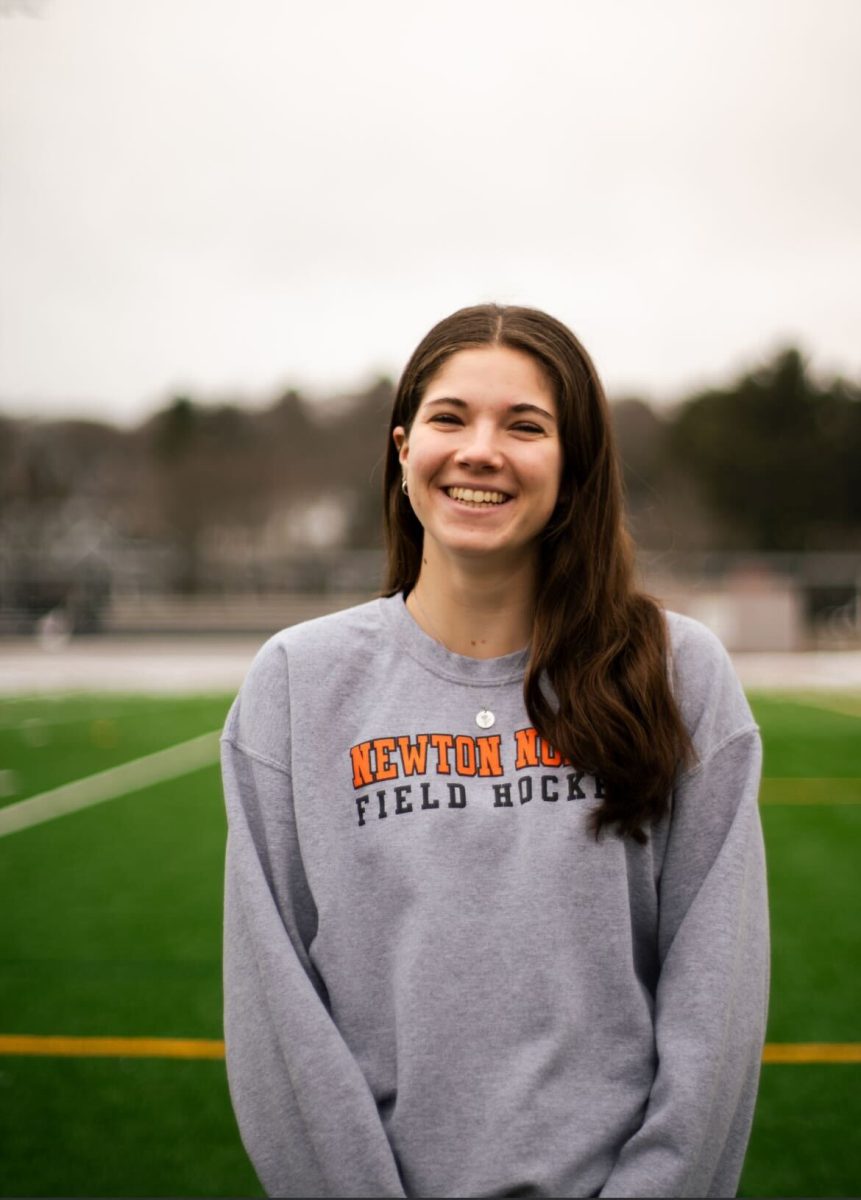 [/media-credit]
[/media-credit]
- English teacher Tom Fabian uses an Eno board.
by Jacob Schwartz and Perrin Stein
Over the past year, students and teachers have been working to acclimate to this building as well as the new technology that came with it.
Many places, such as the Language Lab, Library Learning Commons, Career and Vocational Technical Education labs, electronic music lab, little theater and auditorium came equipped with state-of-the-art technology.
Each of the 118 teaching classrooms were stocked with a liquid crystal display (LCD) projector, an Eno interactive white board, two ceiling-mounted speakers, a document camera and a DVD player.
This technology was purchased and implemented in the new building for $1.85 million, according to Paul Shapiro, the technology consultant for the construction of this building.
In order to decide what technology to purchase for the new school, Shapiro and information technology specialist Chris Murphy met with each department “to learn what technologies they felt were necessary and appropriate for their teachers and students in the new building,” Shapiro said.
Shapiro and Murphy visited multiple technology companies and newly constructed high schools in Massachusetts to “investigate as many options as we possibly could,” Shapiro said.
Then a committee of teachers tested and discussed what technology to implement in each classroom of the new building, according to Murphy.
The committee chose the technology, and at least one teacher in each department was selected to take a class on how to use the new technology.
Then, those teachers taught the other members of their departments what they had learned, Murphy said.
Now that they have had around a year to work with the new technology, teachers reflect upon how it affects their practices in the classroom.
English teacher Tom Fabian believes that this school’s technology has already proven to be worth the money. “It’s awesome to have a dedicated projector every day,” he said. “In the old school, we were lucky to get a cart with a projector once a term.”
Simply the fact that the new technology is present makes a world of difference for Fabian.
“I think the ‘having it’ is really important, and as a teacher it makes you think of things to do that you wouldn’t normal think of,” he said.
However, Fabian added that he still hopes that he can improve in his ability to use the technology. “I want to be able to have more facility.”
At first, English teacher Janice Miller said she hated the technology. “I was afraid of it.”
Miller’s friend, English teacher Liz Craig Olins, recommended her for the training group led by Murphy because, Craig Olins said, “I really love the idea of using the new technology” and she wanted her friend to enjoy it also.
“I think that there is tremendous potential in learning how we can take advantage of our resources. We need some time to get comfortable with it,” Craig Olins said.
Miller said, “I know kids and adults make jokes about how much money we spend on all the technology, but I can see the reason for it.
“The truth is, as an English teacher, it’s very applicable to what I teach.
“Let’s say my students were studying Hamlet’s soliloquies. I could now use the document camera to display the text, and mark it up. I could show videos of different actors from Hamlet.”
Because history teacher Daniel Willbach is not an avid user of this school’s technology, he said he had “no clear answer” on whether the technology is worth the money. However, he said technology should not be the first priority at this school.
An example Willbach used to bolster his argument was the school system of Finland.
“Finland schools have very high test scores, with almost no technology whatsoever. They are very old school, but still do very well. This corroborates my idea that technology is secondary to good teaching,” he said.
Math teacher Elisse Ghitelman said she believes there is much potential in the new resources.
“I think there is some amazing technology we have. The hard part though, is the learning. People aren’t yet using what they have to the full capabilities, mostly because we haven’t the training or time yet to be able to do that.”
Although the technology at this school is not yet proven to be worth the money, according to science teacher Matthew Anderson, there is plenty of hope that it someday will.
“I’m sure it’s not being used to its full advantage yet here,” he said. “But, that being said, it’s barely used to its full advantage anywhere.”
The idea that as time goes on, teachers and students will be able to do more with the technology is one that Anderson agrees with. “There is an ever-growing fraction of those who are experts, and if people learn a few things every day, it will help.”


